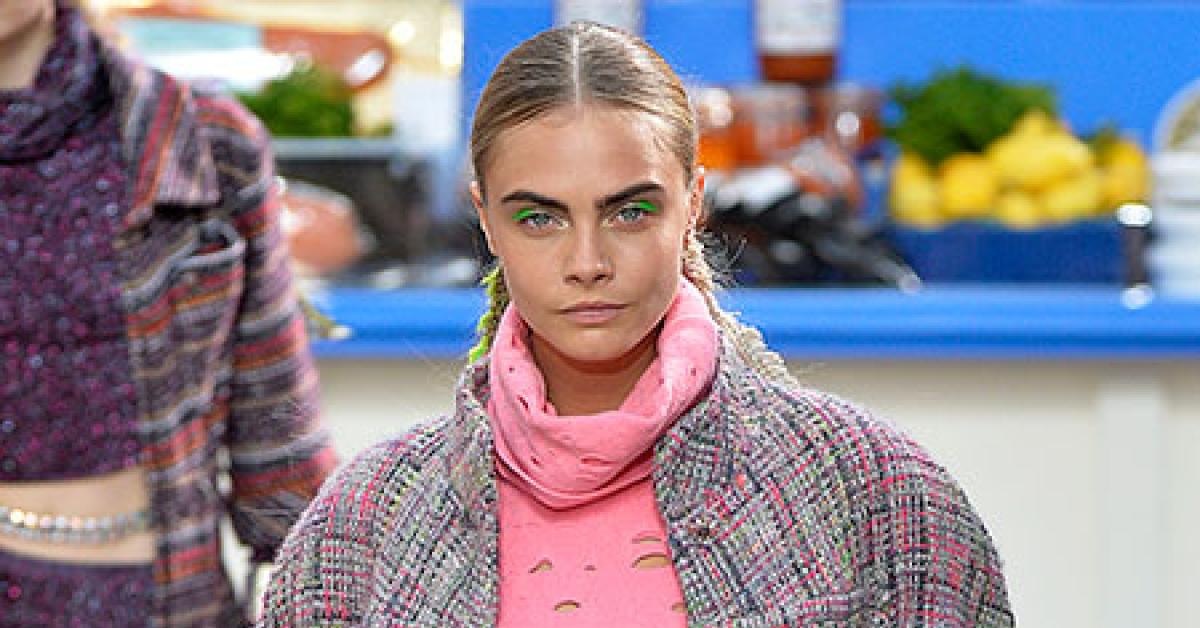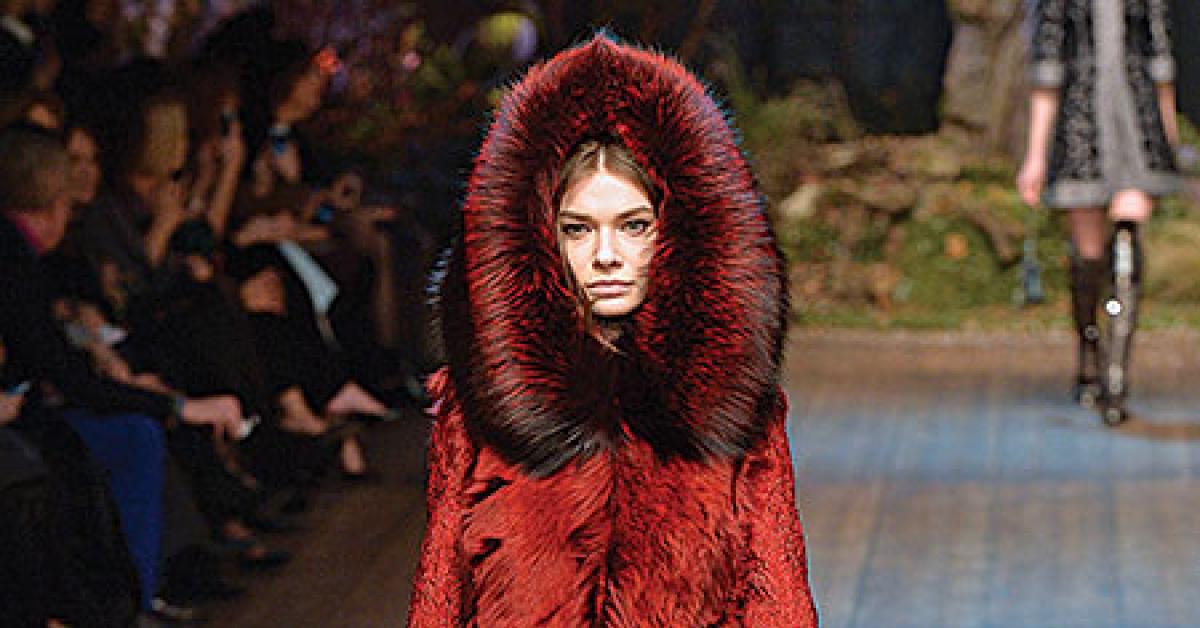CHICAGO — Fall’s runway collections had more than a little of the outrageous this year. Couture labels ordinarily known for their feminine elegance flaunted sporty street styles that recalled ninja warriors and the joys of slumming at the dollar store. Others produced architectural capes and “extreme” turtlenecks to protect against winter’s chill.
Against expectations, designers raised hemlines to “mini” lengths and introduced new layers of boots, leggings and pants for warmth, while showing off sweater sets that go all the way to the floor.
And always toying with shape and texture, they employed everything at their disposal—fur, feather and fabric—to create the looks that wowed the crowds.
The haute couture originals seen on the runways of Milan, Paris and New York may not appear in drycleaning plants anytime soon, of course, but garments that emulate the season’s most outré outings will be arriving shortly.
The following are fashion trends that dry cleaners will likely see in the months ahead, and expert advice on handling them.
KNIT TO BE TIED
Designers took head-to-toe knits a step further this year, producing long, loose knit garments that often drape all the way to the floor. Ensembles like this are stylish and warm, but stretch and shrink easily, so operators should examine weaves and garments carefully.
“You have to understand the construction,” Chris Allsbrooks, director of store operations for ZIPS Cleaners and a former DLI analyst, says. “If something is intentionally oversized, that’s how it is supposed to be. Measure before you clean—you can block them back to size if they shrink, but you need to know how big they were to begin with.”
This is especially true for specialty wools such as alpaca and angora, Alan Spielvogel, garment analyst at the National Cleaners Association (NCA), adds.
Many knit-centric garments feature elegant drapes that “are not very stable because they are cut on a bias,” says Jim Kirby, chief garment analyst at DLI’s International Textile Analysis Laboratory (ITAL). “They are already out of balance; you don’t want to distort them any further.”
Decide whether or not you can clean knit garments in solvent based on fiber content, and use short cycles and net bags to avoid snags and distortion regardless of the process.
Acrylics can be wet-cleaned, but “stretch like crazy” when exposed to steam, Spielvogel says.
And if a long knit drags in winter muck, treat the stain as an insoluble. “The problem is that snow and ice is usually followed by a chloride salt, and that can cause color loss,” he warns.
FANTASY FUR
Always a fall runway staple and only occasionally an ethical dilemma among the well-to-do, furs arrived on the runways this year in oversized, multi-colored patchworks of alpaca, shearling, fox and astrakhan.
While they’re meant to keep wearers warm, “don’t get them anywhere near heat,” Kirby says.
Sending real furs to a furrier is often the best choice, especially with patchwork skins. “The age of the skins can differ, and that will affect how they react to cleaning,” Allsbrooks says. “And even if they are made of the same skin, cleaning can change the direction of the pile.”
Synthetic shags are also in style, with designers using bright faux furs as a foundation fabric for items such as pants and jackets.
“If it’s a faux fur, you should follow DLI’s pile cleaning method,” Kirby says, and avoid putting it in a hot dryer.
While some faux furs will withstand a short drycleaning cycle, Spielvogel adds, others will emerge “looking like a dead rat.”
Observe faux furs’ limitations in finishing, too: “If you do any direct heat on a faux fur, you will singe the ends of the fibers and they will form a hard, brittle bead,” Allsbrooks says. “You can try to shave that off, but the garment will have a rougher texture than it did before. Wash them or dry-clean them using the pile method. All they need is a nice brushing at the end—no heat.”
Have a question or comment? E-mail our editor Dave Davis at [email protected].



